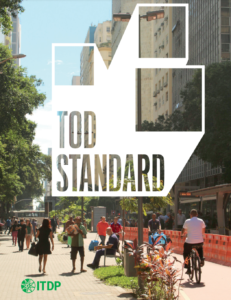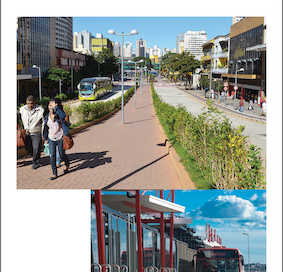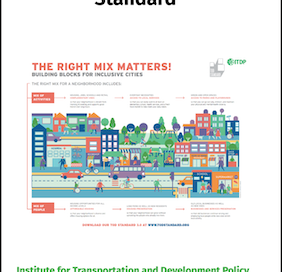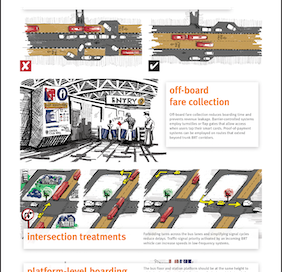TOD Standard
The TOD Standard is a powerful tool to help shape and assess urban development. It focuses on maximizing the benefits of public transit and non-motorized mobility while placing the emphasis firmly back on the users: people.
The Standard outlines eight core principles of urban design and land use, each supported by specific performance objectives and easily measurable indicators, or metrics. Together, they promote safe, balanced and vibrant neighborhoods around stations; short and well-connected pedestrian and cycling networks; densities that ensure strong customer bases for local services and public transport; and minimal car traffic and parking interference.
Transit-oriented development (TOD) is an answer to the unsustainable, car-dependant, and transit-poor urban sprawl that has characterized the growth of cities around the world in the last century. It also contrasts with transit-adjacent development that fails to foster the strong walking and cycling environment needed to complement and actively support the use of transit.
The Standard is addressed to a broad range of technical and non-technical audiences including policy makers, planners, city officials, developers, architects, urban designers, landscape designers, civil engineers, civil society organizations, and the interested public. By providing a way to quickly evaluate the planning and design components that are key to successful TOD, the Standard fills a critical gap in the instruments available in the urgent task of providing the world’s rising urban population with healthy living places.




